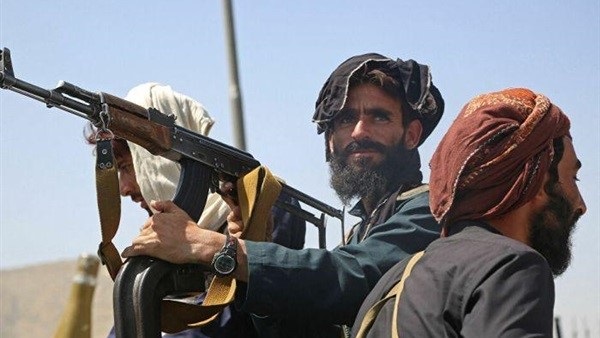Religious schools: Erasing cultural identity in exchange for imposing Taliban ideology

After the second rise of the Taliban movement to power in
Afghanistan in mid-August 2021, the movement has tended to impose its ideology
and ideas through many tools, perhaps the most dangerous of which was the
establishment of religious schools in exchange for tightening the noose on
civilian schools and modern curricula and erasing everything that contradicts
the movement’s orientations, ideas, and beliefs.
Unlimited support
During the past year, the educational process in Afghanistan
faced successive crises at all stages due to the decisions of the Taliban
government, as education for girls above the sixth grade was canceled, then
girls were prevented from entering universities or even taking tests or
graduation exams, so that the educational journey was lost for thousands of
girls after they were about to graduate.
At the same time, the Taliban sought to amend the curricula,
which was repeatedly announced by Taliban Education Minister Nada Muhammad
Nadeem, who believes that the current curricula in schools or universities must
be updated in accordance with Islamic law, especially curricula related to the
humanities, because - according to the movement - these curricula include
Western ideas and may be a gateway to disbelief.
On the other hand, the movement is accelerating the pace of
establishing religious schools in every region and city in the country and
providing attractive factors for enrolling in these schools, including
financial support in the form of monthly salaries for students. The matter is
not limited to official movements, but some Taliban leaders are moving forward
to establish religious schools unofficially in many areas.
According to the statements of Mullah Karamatullah
Akhundzada, deputy director of Islamic education in the Ministry of Education,
the establishment of religious schools is part of the action plan within the
official framework of the Taliban government, and many girls have recently
begun studying in religious schools.
The leader of the Taliban movement, Haibatullah Akhundzada,
pays great attention to religious schools, as local reports revealed the amount
of money that is transferred to those schools, including support for religious
schools in the city of Ghazni, southwest of the capital, Kabul, which according
to official statistics has 762 schools registered with the Ministry of
Education, with 50 million Afghans.
Local reports monitored the flow of significant financial
support to informal religious schools also in the state of Takhar in the
northeast of the country to encourage students to join these schools in light of the obstacles they face in other schools
and the lack of support available for religious school students.
Graduating a generation of fighters
It seems that the Taliban movement is seeking to graduate a
generation from religious schools who believe in the movement’s ideas and
doctrine and who can be integrated in the future into the army forces or agencies
affiliated with the movement. This is what happened during the first period of
the Taliban’s control over Afghanistan, when it began establishing religious
schools in various provinces of the country, from Nangarhar and Kandahar to
Herat, Takhar and Balkh.
The Taliban resorted to throwing the students of these schools into the movement’s military
confrontations, but the movement’s first rise did not last long, and thus it
was unable to complete its project that it seeks to revive. Despite
international criticism of the Taliban’s educational policy, the movement is
continuing with its project and is trying in every way to ensure that education
in these schools follows the Taliban style.
In these schools, the Taliban uses teachers belonging to the
movement, who have extensive combat experience, without relying on teachers
affiliated with the Ministry of Education, in light of the movement’s keenness
to adhere to its own educational curriculum, which was announced by one of the
movement’s leaders that they have plans to establish a central religious school
in each governorate and also establish five to ten small schools in each
region, according to the needs of the province.







